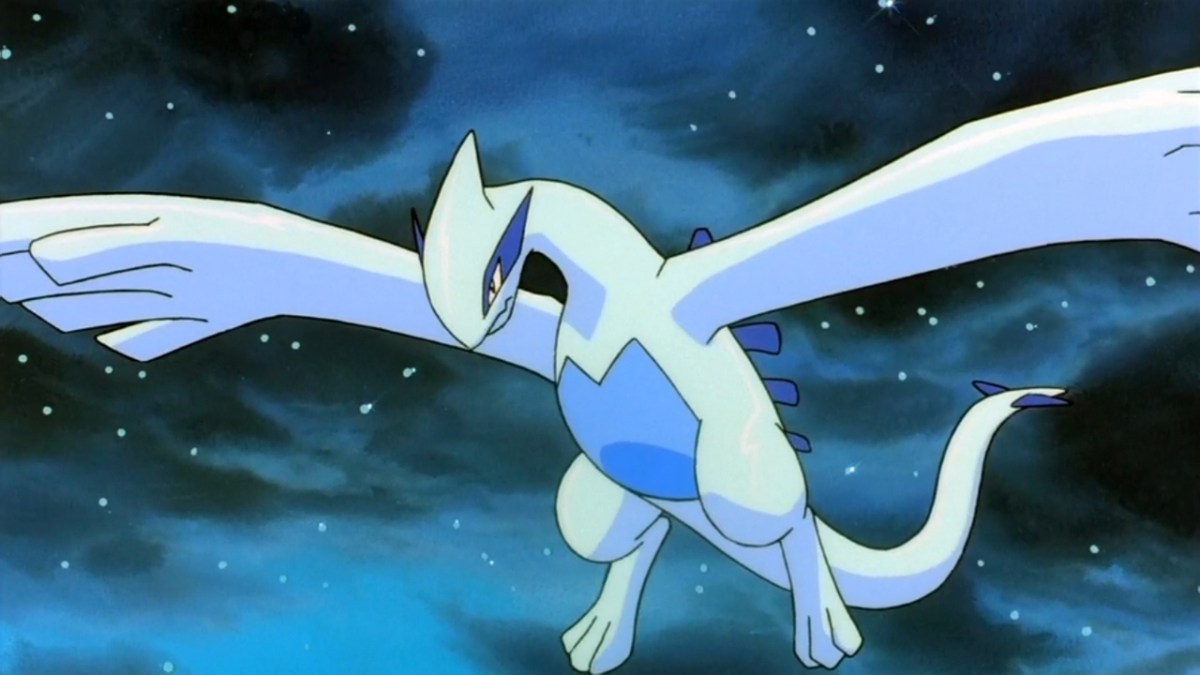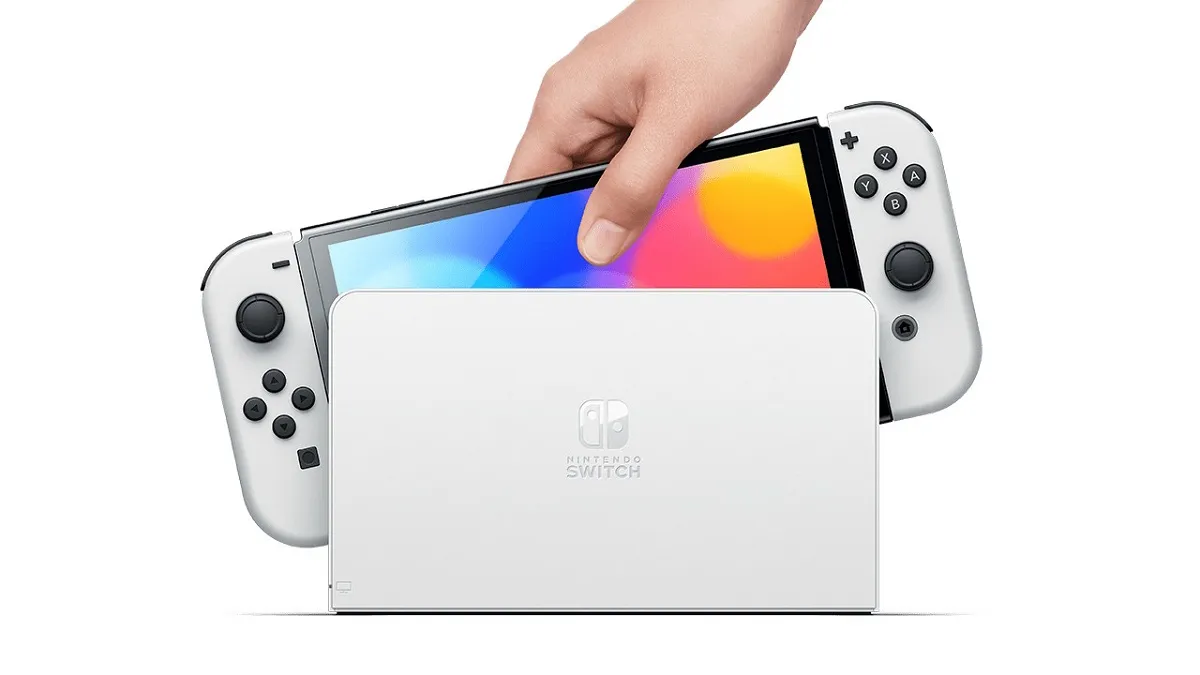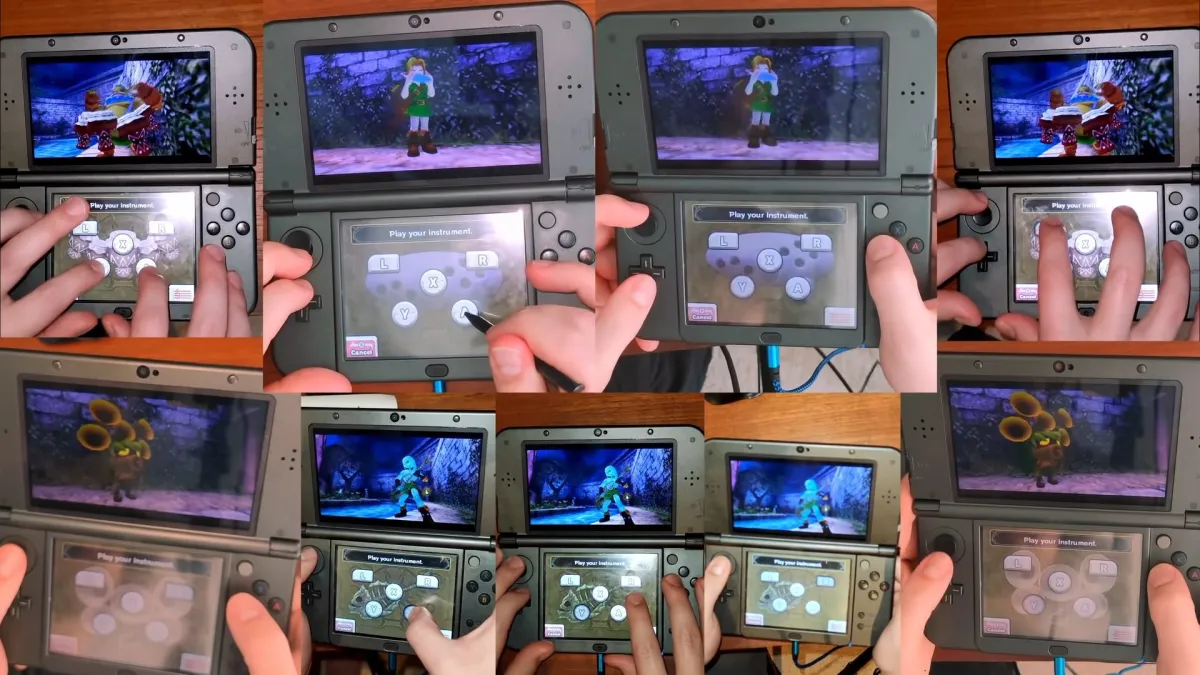The gold standard
As someone who grew up in the late ’90’s and early 2000’s, I was a huge fan of the Pokémon series as a child. I was the type of person who’d make it a habit to wake up as early as possible to watch the latest episode of the animated series before school. I’d collect as many of the trading cards as humanly possible. I even had a few toys based off of my favourite collectable creatures. But for a while, that was it as far as my exposure to the series could go.
I didn’t exactly grow up in the wealthiest of households, and while I knew that this franchise I was so enamoured with was based off of a video game series for the Game Boy, said games were completely out of my reach for a number of years. I still recall looking on in envy as those at my school traded and battled with their newly caught Pokémon, and as they shared rumours about tricks that could (supposedly) net you a Mew, a Missingno, or even the mythical ‘Pikablu’ — the latter of which was only obtainable in the fabled Japan-exclusive Pokémon Green, of course.
It was only a couple of years later that I finally managed to save up for a second-hand Game Boy Color of my very own. My first game for it? A used copy of Pokémon Silver. As soon as I left the store with my newly acquired game and console in-hand, I excitedly erased the save file previously left on the cartridge and began my first real adventure into the world of Pokémon.
For a long while, it was almost impossible to find me without my beloved Game Boy and copy of Silver. By the time the internal battery in my Silver cartridge ran dry, I’d managed to accumulate well over 350 hours of game time.
I don’t think I’ll be able to put so many hours into Pokémon Silver these days, but revisiting the game on the 3DS Virtual Console has shown me that my adoration for it is definitely still there.

Pokémon Silver (Game Boy Color, 3DS [reviewed])
Developer: Game Freak
Publisher: Nintendo
Released: November 21, 1999 (JP GBC), October 13, 2000 (AU GBC), October 15, 2000 (US GBC), April 6, 2001 (EU GBC), September 22, 2017 (3DS eShop)
MSRP: $9.99
If there were one word that could accurately describe Pokémon Silver, it would be ‘ambitious.’ This is a sequel that dared to do everything that it could to be bigger and better than its predecessors in as many ways as possible. It added one hundred new creatures to catch and train, several new attacks to use in battle, and an entirely new region with its own Gyms to go alongside the one from the previous games. While the core gameplay loop of exploring the world to catch Pokémon and battle trainers while accumulating Gym Badges remained mostly unchanged, Silver managed to build off of it in new and interesting ways.
One of the most significant new features added to Pokémon Silver was the inclusion of a real-time clock and a day/night cycle. This feature — which was weirdly absent from subsequent iterations in the series on the Game Boy Advance and only truly became a series staple from Diamond and Pearl onwards — did a lot to incentivise players to come back to the game at various points throughout the day just to see what they could discover. Some NPCs had different interactions at different hours, and a handful of individual creatures would only be active at set time periods.
The core Pokémon combat system — while still being as accessible as ever — also received a few substantial tweaks. The addition of the Dark typing was absolutely vital in keeping the previously overpowered Psychic type in check, while also making Fighting types just that bit more viable. Sure, the new move Curse turned Snorlax from an already-powerful Pokémon into a nigh-unstoppable force of destruction, but in general, combat felt a bit more balanced than in previous games.
If you are going back to Silver from previous games, perhaps the only nitpick of this system that I have is the lack of the physical/special split that occurred with Diamond and Pearl. In earlier Pokémon games, attacks were considered to either be physical or special moves depending on their type, rather than if the move would logically connect with an opponent in a real battle. This can lead to some confusion at first, as attacks like Bite are considered to be special moves rather than physical ones due to their typing. Shadow Ball is perhaps the most bizarre example of this, as it’s a physical move due to its Ghost typing, but it has the side-effect of lowering your opponent’s Special Defence stat. It isn’t hard to adjust to these older battle mechanics, but they do present a slight learning curve early on if you want to make the most out of any given Pokémon.

This was then aided with the new breeding mechanic, which if taken advantage of, could allow Pokémon to inherit moves from their parents that they couldn’t otherwise learn. Even if you were less interested in battles and more into the catching and collecting aspect of Pokémon, breeding became a fairly important feature thanks to the addition of baby Pokémon such as Pichu, Magby, and Tyrouge. There was a lot that could be achieved with the mechanic, and it was incredibly addictive to simply experiment and play around with.
Adding to these changes are a few small-but-significant quality of life improvements. These include, but aren’t limited to, an experience bar that shows up on the battle screen underneath your Pokémon’s HP indicator, as well as a redesigned Pokédex that contains a search function — a feature that was likely necessitated by the influx of new Pokémon.
Yes, these features are now just series staples that we take for granted, but Pokémon Silver absolutely deserves commendation for being the first games to implement them. They also have the added benefit of making it far more accessible and dated-feeling when replaying the game in 2017.

Visually speaking, Pokémon Silver utilises the Game Boy Color’s hardware to great effect, having clearly been designed with newer handheld in mind. While Pokémon Yellow also sported compatibility with the more recent console iteration, its implementation felt like more of an afterthought in comparison. The result of this is a game world that’s far more vibrant and eye-pleasing when contrasted with Yellow‘s somewhat muted presentation.
This expanded colour palette is also put to good use with the newer character and creature sprites. In fact, sprite-work in general has been substantially improved over the previous-generation games, with individual monsters appearing far more detailed and closer to their representations in the Pokémon anime and Trading Card Game.
None of this is to say that the first-generation Pokémon games are by any means bad, because that’s absolutely not the case. It just goes to show how effective Silver was at building off of an already excellent foundation, and how much effort was put into the game in order to make for a substantially superior product.
Unfortunately, there are a couple of notable instances where Pokémon Silver’s age — and the limitations of the hardware it was designed for — can rear its ugly head.
For starters, while the inclusion of a secondary region may have been a genuinely impressive feat of technical ingenuity back in 1999 — hell, it’s still one of the most widely requested features for almost every subsequent iteration in the series — Kanto feels strangely pared back when compared to the likes of Red, Blue, and Yellow. Locations such as the Safari Zone have been scrapped entirely, while the Viridian Forest is now just a simple hedge maze in Route 2. Then you have the Seafoam Islands, which now serves as a single-room cave that contains a single Gym battle, rather than the sprawling labyrinth that it once was. Couple those limitations with the reduction of Cinnabar Island to a simple Pokémon Centre, and you’ve got a game that comes across as if its developers were desperately fighting with the severe storage limitations of a Game Boy cartridge.
Another instance where Pokémon Silver can feel a little dated is with its inventory system. To give credit where it’s due, inventory management in Silver is a huge step above that of the first-generation Pokémon games. Items are now split up into several categories, such as TMs and HMs, Key Items, and Pokéballs, each of which has their own corresponding tabs in the player’s bag. Because of this, managing and sorting through your items in Silver is a far more convenient and organised experience than ever before. However, much like previous games in the series, your overall inventory space is simply far too low. Throughout many occasions on my journey, I found myself constantly having to throw out items or rushing to a PC to deposit some of my goods just so I could pick up whatever new and shiny thing that I came across. This ultimately became a rather frustrating affair, and I was left greatly missing the nigh-unlimited inventory sizes of later games.

While I’m not going to argue that Pokémon Silver isn’t a little rough around the edges at some points, the overall experience more than compensates for these deficiencies. In the long-run, and when weighed against all of the game’s positive attributes, they come across like simple nitpicks and not much more. It’s still absolutely remarkable that Game Freak managed to fit an entire second region — complete with its own unique soundtrack and Gym battles — on to a Game Boy cartridge. The only other games in the entire series to match this impressive feat were, quite ironically, the remakes of Gold and Silver for the DS. Even the somewhat frustrating inventory system comes across as far less problematic once you consider how much of a substantial improvement happened during the transition from the first to second generations of Pokémon games.
The fact is that Pokémon Silver is a game that managed to take every aspect of its predecessors, then improve or build upon them in significant and impactful ways. It’s a game that took an already solid foundation and managed to create something truly special with it, while also establishing several characteristics of the series that we still take for granted to this day.
To put it simply, Pokémon Silver is a perfect sequel.
[This review is based on a retail build of the game purchased by the reviewer.]





Published: Oct 1, 2017 10:00 am